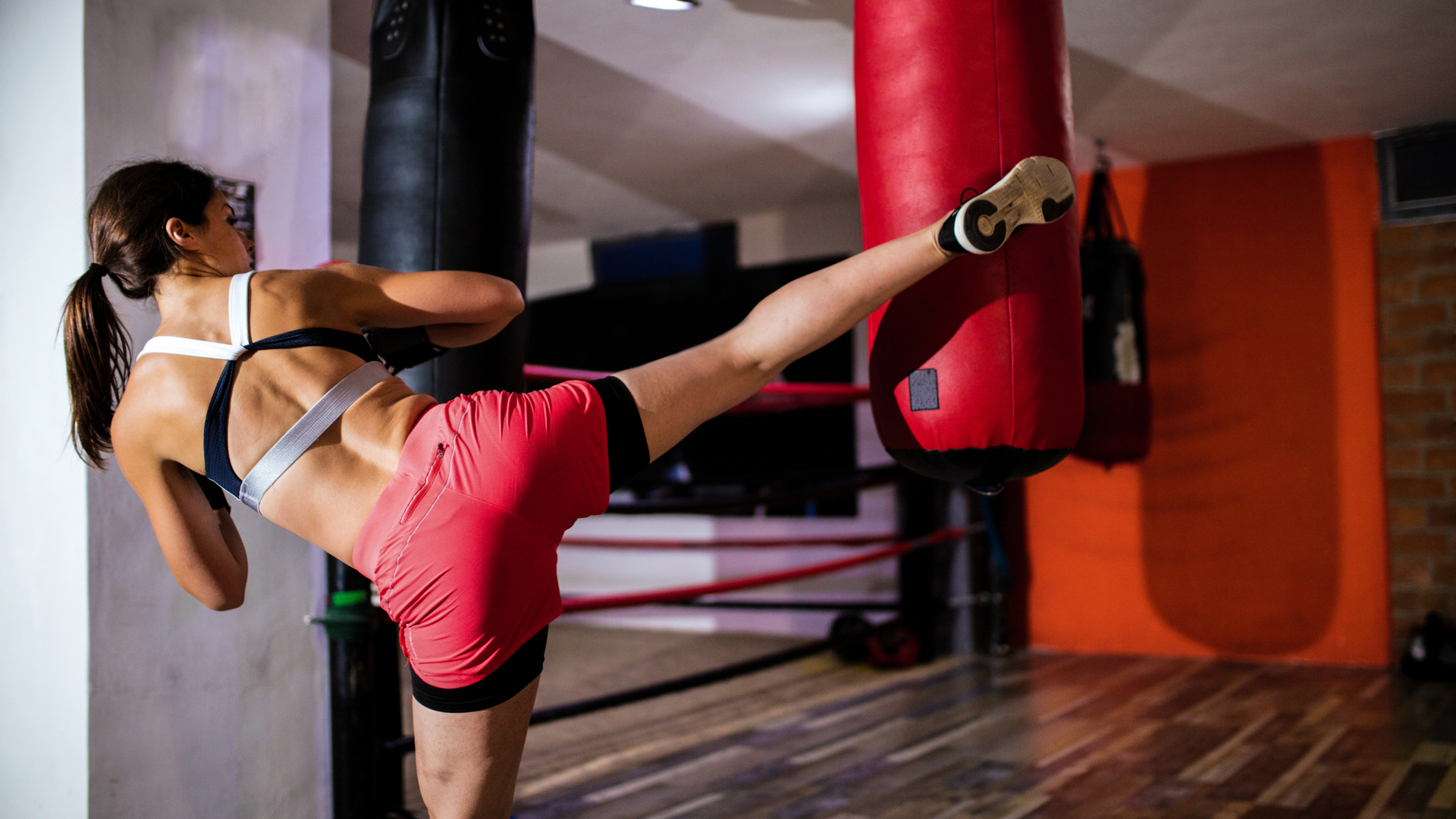Kickboxing Essentials: Tips and Techniques
Kickboxing, a dynamic and exhilarating sport, has surged in popularity across the globe. Rooted in a combination of traditional martial arts and modern combat techniques, it offers a unique blend of physical fitness, self-defense skills, and competitive spirit. Its growing appeal can be seen in gyms, fitness centers, and even in popular culture, where it's often showcased as a pinnacle of physical prowess and discipline.
This blog is your gateway to mastering kickboxing, whether you're lacing up your gloves for the first time or looking to refine your techniques. Aimed at both beginners and seasoned enthusiasts, we'll dive into essential tips and techniques that form the backbone of kickboxing.
Choosing the Right Gym and Gear
Embarking on your kickboxing journey begins with finding the right place to train. The ideal gym should not only be equipped with the necessary facilities but also foster a supportive and motivational atmosphere. Look for a gym that offers classes tailored to different skill levels and provides experienced instructors who prioritize safety and technique.
When visiting potential gyms, observe the class structure and the instructor's approach to training. A good gym encourages a positive community, where both beginners and advanced practitioners feel welcome and challenged. Don’t hesitate to ask about trial classes, which can be a great way to gauge if the gym’s vibe aligns with your goals and preferences.
Essential Gear for Your Kickboxing Training
Equipping yourself with the right gear is crucial for safe and effective kickboxing training. The essentials include gloves, hand wraps, and proper footwear. Gloves protect your hands and wrists during bag work and sparring, while hand wraps provide additional support to prevent injuries.
Footwear in kickboxing varies; some prefer the barefoot approach, while others opt for specialized kickboxing shoes for added grip and mobility. Additionally, consider investing in protective gear like shin guards and a mouthguard, especially if you plan to spar. Remember, quality gear not only ensures your safety but also enhances your overall training experience.
Lastly, don’t forget about comfortable, breathable workout clothing. Mobility is key in kickboxing, so choose attire that allows you to move freely and doesn't restrict your range of motion.
Fundamental Techniques in Kickboxing
The cornerstone of kickboxing proficiency lies in mastering your stance and movement. A proper stance provides balance, power, and mobility, serving as your anchor for both offense and defense. Typically, this involves standing with your legs shoulder-width apart, knees slightly bent, and hands up to protect your face.
Movement is equally crucial. It's not just about where you stand, but how you move. Practice shifting your weight, advancing, retreating, and circling around your opponent. Efficient movement allows you to create angles for attacks and evade strikes, making it a fundamental skill for any kickboxer.
Basic Punches: Jab, Cross, Hook, Uppercut
Punches are the first line of attack in kickboxing. The jab, a quick, straight punch with your lead hand, is essential for gauging distance and setting up combinations. The cross, thrown with the rear hand, is a powerful, straight punch ideal for penetrating defenses.
The hook, a semi-circular punch aimed at the side of an opponent's head or body, is potent for catching opponents off-guard. The uppercut, delivered in an upward motion, targets the opponent’s chin or body, effective in close-range combat.
Basic Kicks: Front, Roundhouse, Side Kick
Kicks add range and versatility to your arsenal. The front kick, executed by lifting the knee and snapping the foot forward, is a straightforward attack useful for maintaining distance. The roundhouse kick, involving a sweeping motion of the leg, is powerful and can target various levels of the opponent’s body.
The side kick, delivered by turning your body and striking with the heel or side of your foot, is excellent for defense and creating space. Each kick requires balance and control, making practice essential.
Defensive Moves: Blocks and Evasions
Defense in kickboxing isn't just about absorbing hits; it's about smartly avoiding them. Blocking involves using your arms and legs to deflect strikes. Understanding the timing and angle of incoming attacks is crucial for effective blocking.
Evasion techniques, such as slipping, ducking, and weaving, rely on body movement to dodge strikes. These maneuvers require agility and awareness, allowing you to avoid damage and create opportunities for counterattacks.
Your Kickboxing Journey Awaits: Take the Next Step
Kickboxing is more than just a sport; it's a journey towards better fitness, increased confidence, and a stronger, more resilient you. We encourage you to check out
Ladies First Fitness and discover how our
kickboxing classes can help you achieve your goals. Remember, every champion was once a beginner. Take the first step today, and who knows where your kickboxing path will lead!
Our Recent Posts









